Definition of Ashtanga Yoga: History, Practice, Benefits

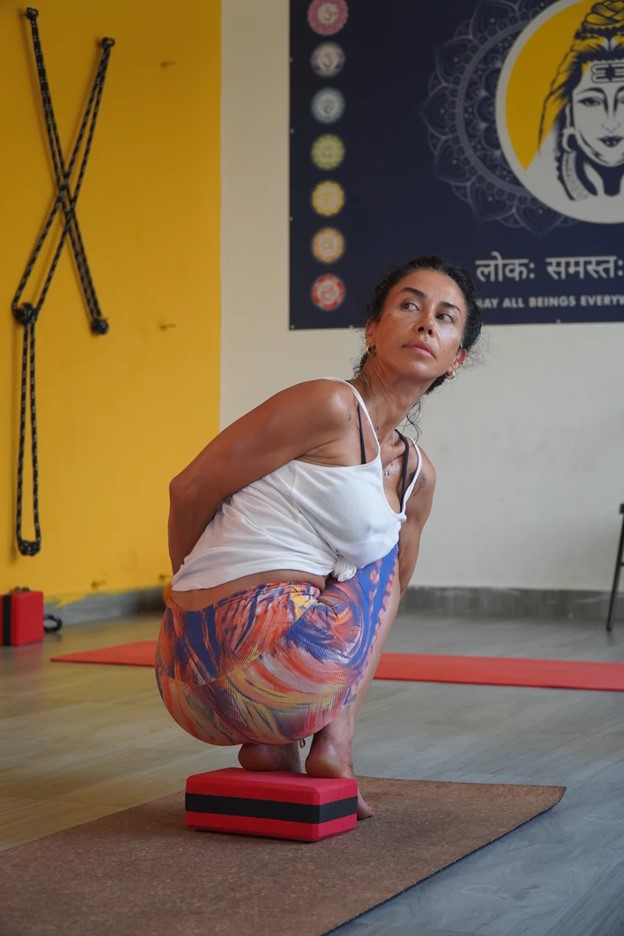
Define Ashtanga Yoga
Ashtanga Yoga is a dynamic and ancient form of yoga that focuses on synchronizing breath with a series of postures. This practice, also known as the “Eight Limb Path,” combines physical postures (asanas), breath control (pranayama), and meditation to promote overall well-being. Developed by Sri K. Pattabhi Jois, Ashtanga Yoga follows a specific sequence of poses, fostering strength, flexibility, and mental clarity. With its systematic approach, Ashtanga Yoga provides a structured path for practitioners to advance gradually, making it accessible to individuals of various skill levels. It is a physical exercise and a holistic journey towards balance and self-discovery.
Please find a full description of Pattabhi Jois below :
https://en.wikipedia.org/wiki/K._Pattabhi_Jois
Check my article about Yoga HERE
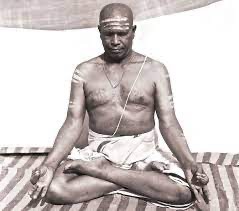

PLAN OF THE ARTICLE :
– Ashtanga Asanas ( posture ) practice
– Ashtanga Yoga meaning and history
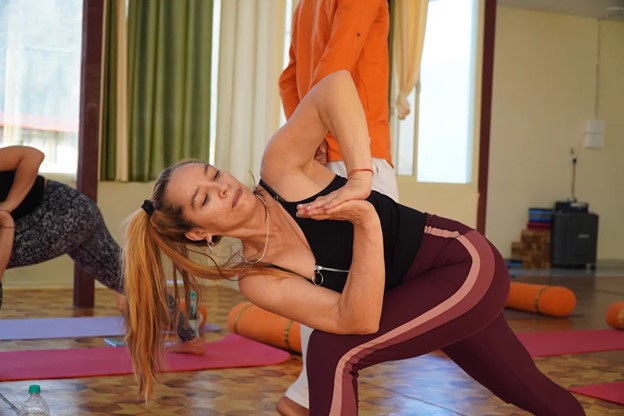
➡️ I am a Yoga teacher, meditator and wellness professional . I wrote many articles about well being, retreats, Yoga and spirituality :
– How to practice transcendental meditation
And way more ! Check it out on our website . Just type search bar 🔍 with the topic you want to explore
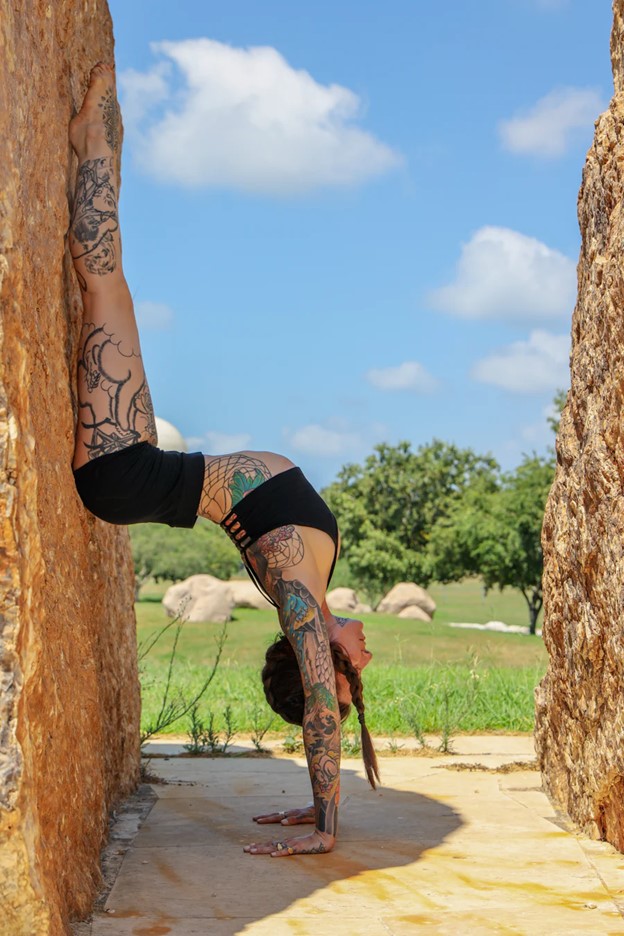
Ashtanga Yoga Asanas ( posture ) practice
Ashtanga yoga, a traditional yoga style rooted in the Yoga Sutras of Patanjali, emphasizes the practice of the eight-limbed yoga system to help practitioners connect with their true self and achieve a state of yoga, or union. The Ashtanga Yoga Research Institute, founded by the father of Ashtanga yoga, Sri K. Pattabhi Jois, has played a crucial role in spreading this yoga style worldwide.
In an Ashtanga yoga class, practitioners focus on the physical practice of asana, incorporating breath control techniques like Ujjayi pranayama and engaging bandhas such as Mula Bandha and Uddiyana Bandha to generate internal heat and harness vital energy. This dynamic practice helps improve flexibility, strength, and mental focus while promoting a sense of moving meditation.
The series of poses in Ashtanga yoga, practiced on a yoga mat, are designed to challenge practitioners both physically and mentally, encouraging a regular practice to experience the key principles of the style and cultivate spiritual growth. Through consistent practice and sense withdrawal, practitioners can experience a deepening connection to their life energy and enhance their mental state.
Ashtanga yoga also emphasizes the benefits of regular practice in the Western world, such as lowering blood pressure, promoting personal development, and fostering spiritual growth. The finishing sequence of poses allows practitioners to cool down and relax after the physical practice, preparing them for meditation and reflection on the object of meditation to cultivate pure consciousness.
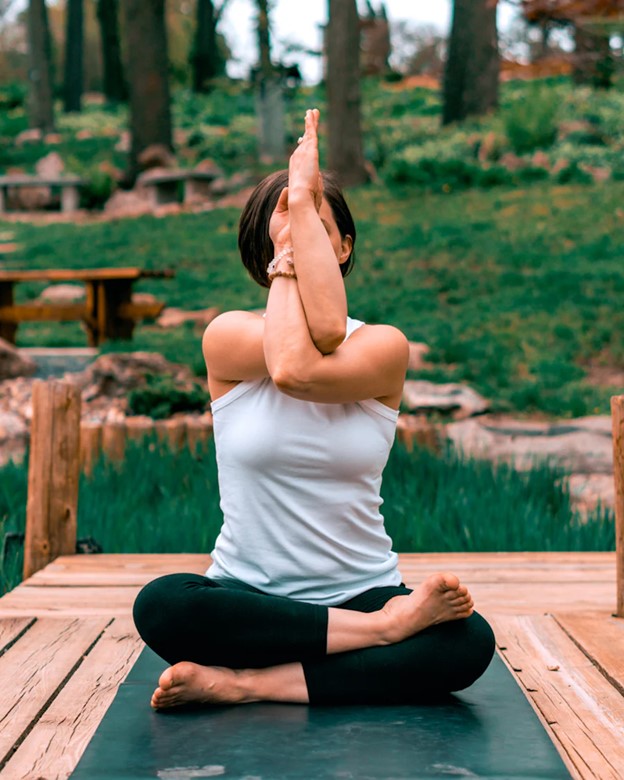
The Ashtanga series refers to the specific sequences of yoga poses practiced in Ashtanga yoga. These series are traditionally taught and followed in a set order, with each sequence building upon the previous one to gradually develop strength, flexibility, and mental focus. The Ashtanga series is designed to purify the body and mind, leading the practitioner towards self-realization and spiritual growth.
There are several primary series (Yoga Chikitsa), intermediate series (Nadi Shodhana), and advanced series (Sthira Bhaga) in Ashtanga yoga. Each series consists of a set sequence of asanas (postures) linked together by vinyasas (breath-synchronized movements).
The Primary Series, or Yoga Chikitsa, focuses on realigning the body, detoxifying the organs, and building a strong foundation for the practice. It begins with sun salutations (Surya Namaskara A and B) and moves through a series of standing poses, seated poses, and finishing poses. The Primary Series is designed to build strength and flexibility in the body while calming the mind.

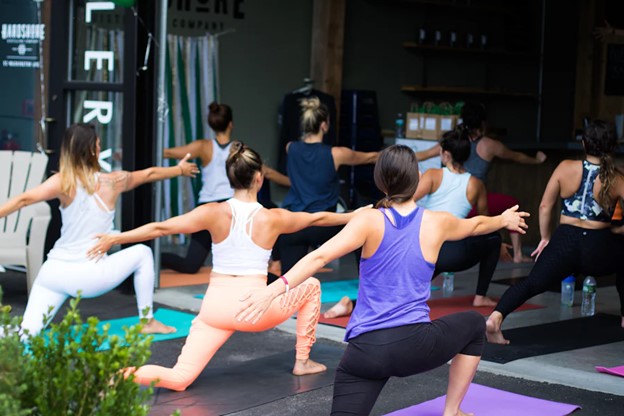
The Intermediate Series, or Nadi Shodhana, builds upon the foundation of the Primary Series and introduces more challenging poses, backbends, and arm balances. This series aims to purify the energy channels in the body, strengthen the nervous system, and deepen the practitioner’s practice.

The Advanced Series, or Sthira Bhaga, consists of four advanced series that are meant for experienced practitioners who have mastered the Primary and Intermediate Series. These series include advanced arm balances, deep backbends, and challenging inversions, requiring a high level of strength, flexibility, and concentration.
Each series in Ashtanga yoga is meant to be practiced consistently and with dedication, as the repetition of the same sequence allows practitioners to go deeper into the poses, refine their alignment, and develop a meditative focus. The Ashtanga series is a structured and systematic approach to yoga practice, guiding practitioners on a transformative journey of self-discovery and personal growth.
In conclusion, Ashtanga yoga stands out as a powerful yoga style that blends physical postural practice with spiritual philosophy and personal development, offering practitioners a structured and systematic approach to yoga that can lead to transformative experiences and a deeper understanding of the self.

Ashtanga Yoga Meaning and History
Ashtanga Yoga has roots deep in the history of yoga, tracing back to ancient Indian traditions. The modern form we know today was popularized by Sri K. Pattabhi Jois, who learned it from his teacher, T. Krishnamacharya, in the early 20th century.
The foundational philosophy of Ashtanga Yoga is found in the Yoga Sutras, an ancient text attributed to the sage Patanjali. The name “Ashtanga” translates to “Eight Limbs,” referring to the eight interconnected components of this yoga path.
Sri K. Pattabhi Jois formalized the Ashtanga Yoga system, emphasizing a dynamic sequence of breath-related postures (Vinyasa). In the 1040-1950s, Jois began teaching this method in Mysore, India, and later, in the 1960s, he attracted international attention.

The Ashtanga Yoga method comprises six series, each designed to purify and strengthen the body. The Primary Series, Yoga Chikitsa, focuses on detoxification and alignment. The Intermediate Series, Nadi Shodhana, works on cleansing the nervous system. Advanced Series A, B, C, and D further challenge practitioners, requiring mastery of the preceding series.
Ashtanga Yoga gained popularity globally in the latter part of the 20th century, especially among athletes and enthusiasts seeking a vigorous and structured practice. Its emphasis on a disciplined and consistent routine appeals to those seeking a transformative and holistic approach to well-being. The history of Ashtanga Yoga showcases its evolution from ancient philosophies to a contemporary practice that continues to influence and inspire people worldwide in their journey toward physical and mental harmony.
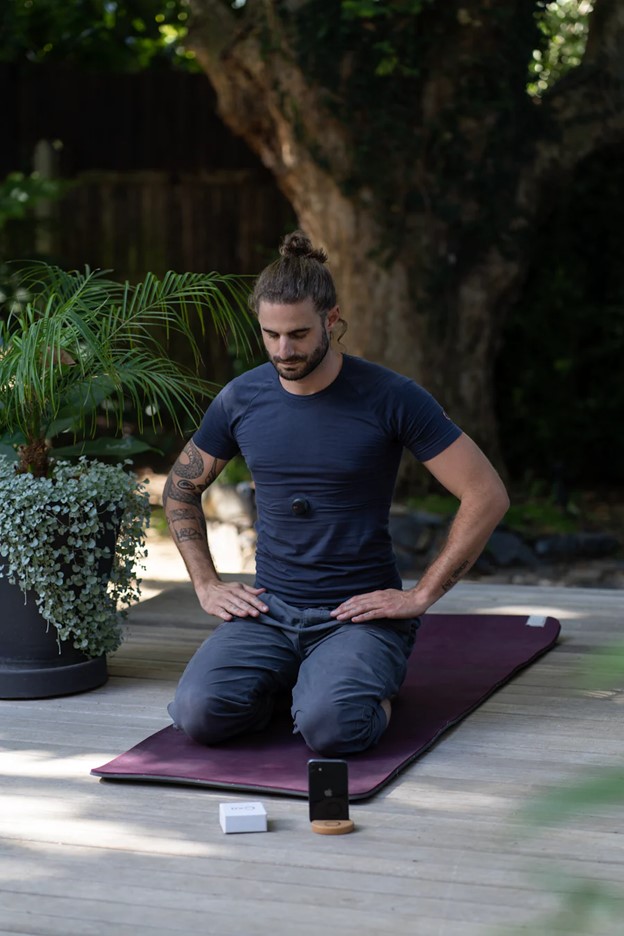
Principles of Ashtanga Yoga
1. Eight Limbs (Ashtanga):
Ashtanga Yoga derives its name from the Sanskrit words “Ashta” (eight) and “Anga” (limb), referring to the eight interconnected components outlined in Patanjali’s Yoga Sutras. These limbs serve as guiding principles for a balanced and fulfilling life.
2. Yamas (Ethical Guidelines):
The first limb, Yamas, consists of ethical guidelines governing one’s behavior towards oneself and others. This includes principles such as non-violence (Ahimsa), truthfulness (Satya), non-stealing (Asteya), moderation (Brahmacharya), and non-possessiveness (Aparigraha).
3. Niyamas (Personal Disciplines):
Niyamas, the second limb, focuses on personal disciplines and observances. This includes principles like purity (Saucha), contentment (Santosha), self-discipline (Tapas), self-study (Svadhyaya), and surrender to a higher power (Ishvara Pranidhana).
4. Asanas (Physical Postures):
Asanas, the third limb, refers to the physical postures practiced in Ashtanga Yoga. The sequence purifies and strengthens the body, improves flexibility, and promotes overall well-being. The practice of these postures is often accompanied by the synchronization of breath and movement (Vinyasa).
5. Pranayama (Breath Control):
Pranayama, the fourth limb, involves breath control techniques. It focuses on the conscious manipulation of the breath to enhance vitality, clear energy channels, and deepen the mind-body connection. Integrating breath with movement is a fundamental aspect of Ashtanga Yoga.
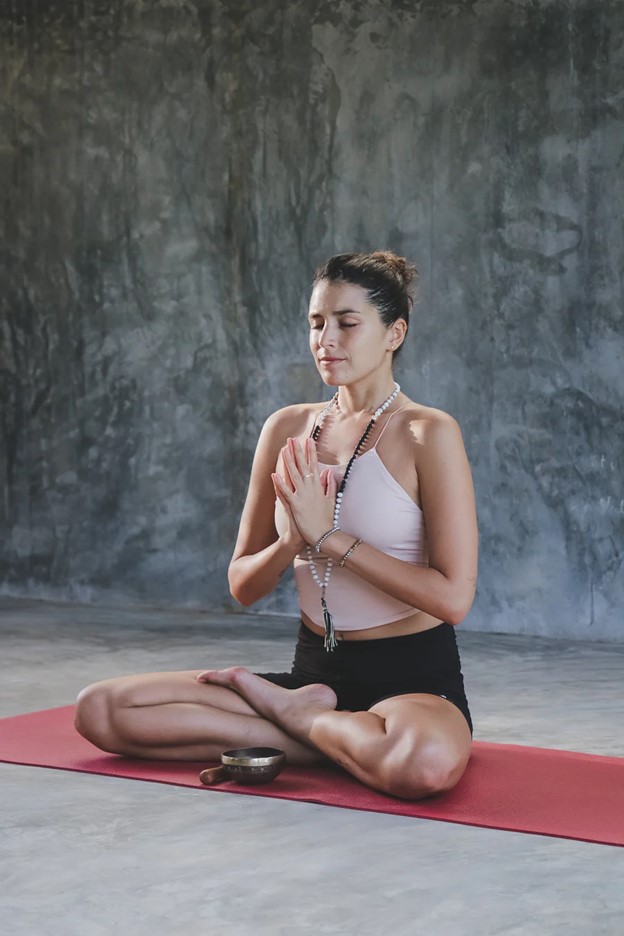
6. Pratyahara (Withdrawal of Senses):
Pratyahara’s fifth limb is about withdrawing the senses from external distractions and turning inward. Practitioners prepare the mind for concentration and meditation by detaching from sensory stimuli.
7. Dharana (Concentration):
Dharana, the sixth limb, involves cultivating focused concentration. Practitioners direct their attention to a single point or object, training the mind to become steady and one-pointed. This concentration sets the stage for deeper meditation.
8. Dhyana (Meditation):
Dhyana, the seventh limb, is the state of meditation characterized by sustained focus and heightened awareness. As the mind becomes more absorbed, practitioners experience a profound inner calm and clarity.
9. Samadhi (Union):
Samadhi, the eighth limb, represents the ultimate goal of Ashtanga Yoga – a state of profound spiritual absorption and union. In Samadhi, the practitioner transcends the sense of individual self, experiencing an oneness with the universe.
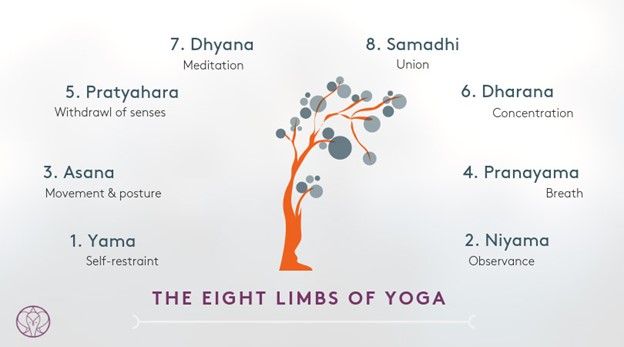
10. Guru (Teacher) Parampara (Lineage):
Ashtanga Yoga emphasizes the Guru Parampara, acknowledging the lineage of teachers who have transmitted this wisdom through generations. Practitioners often learn directly from experienced teachers, maintaining the authenticity and integrity of the practice.
11. Mysore Style Practice:
Ashtanga Yoga is often taught in the Mysore style, where students independently practice a sequence of asanas at their own pace. The teacher provides individual guidance and adjustments, tailoring the practice to each student’s needs and progress.
12. Consistent Practice (Abhyasa) and Detachment (Vairagya):
Ashtanga vinyasa Yoga emphasizes the principles of Abhyasa (consistent practice) and Vairagya (detachment). These principles encourage dedication to the practice without attachment to the outcomes, fostering a balanced and resilient approach to the transformative journey of yoga.
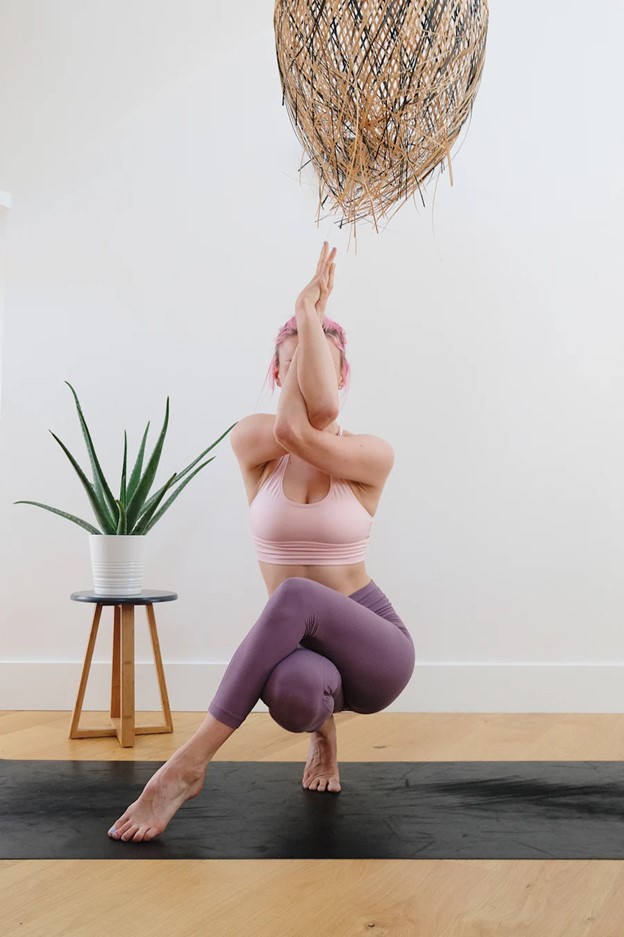
Practices of Ashtanga yoga
1. Yamas (Ethical Guidelines):
– Ahimsa (Non-violence)
– Satya (Truthfulness)
– Asteya (Non-stealing)
– Brahmacharya (Moderation)
– Aparigraha (Non-possessiveness)
2. Niyamas (Disciplines):
– Saucha (Cleanliness)
– Santosha (Contentment)
– Tapas (Discipline)
– Svadhyaya (Self-study)
– Ishvara Pranidhana (Surrender to a higher power)
3. Asanas (Physical Postures):
– Sequences of postures to enhance strength, flexibility, and balance.
– Examples include Surya Namaskara (Sun Salutations) and various standing, sitting, and reclining poses.
4. Pranayama (Breath Control):
– Techniques regulating breath to enhance life force (prana).
– Practices include Ujjayi (Victorious Breath) and Nadi Shodhana (Alternate Nostril Breathing).

5. Pratyahara (Withdrawal of Senses):
– Turning attention inward, detaching from external stimuli.
6. Dharana (Concentration):
– Focusing the mind on a single point or object to achieve mental steadiness.
7. Dhyana (Meditation):
– Cultivating a state of sustained concentration, leading to a heightened state of awareness.
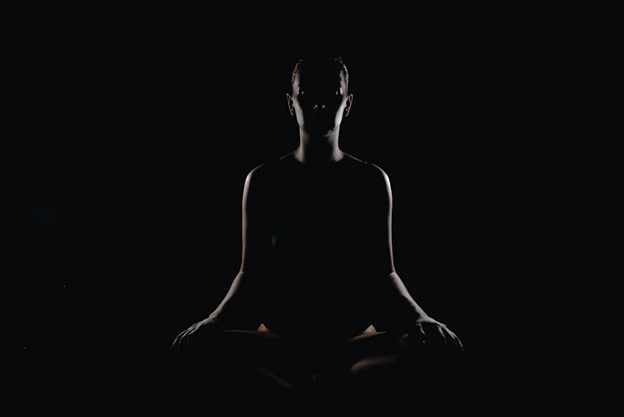
8. Samadhi (Union with the Divine):
– Transcending individual self to merge with the universal consciousness.
9. Ashtanga Vinyasa:
– A dynamic, flowing style of yoga synchronizing breath with movement in a set series of asanas.
10. Bandhas (Energy Locks):
– Engaging specific muscle locks to direct and control the body’s energy flow.
11. Drishti (Gazing Points):
– Focusing the eyes on a specific point to aid concentration and balance.
12. Mantra Chanting:
– Repetition of sacred sounds or phrases to induce a meditative state.
13. Kriyas (Purification Techniques):
– Cleansing practices to detoxify the body, such as neti (nasal cleansing) and dhauti (digestive system cleansing).
14. Daily Routine (Ritucharya):
– Adhering to a disciplined daily routine to align with natural rhythms.
15. Satsang (Community):
– Surrounding oneself with a supportive community of fellow practitioners for encouragement and shared growth.
When practiced diligently, Ashtanga Yoga aims to harmonize an individual’s physical, mental, and spiritual aspects, fostering self-awareness and inner transformation.
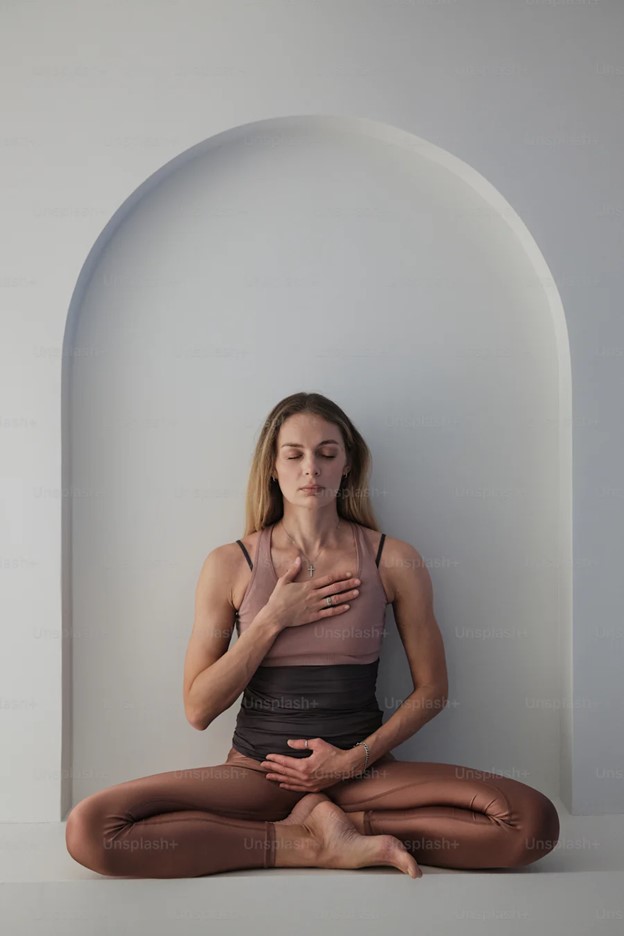
Wrapping up
Ashtanga Yoga offers a holistic path toward self-realization, emphasizing ethical principles, physical postures, breath control, and meditation. Disciplined practice cultivates physical strength, mental clarity, and spiritual awareness. Integrating yamas and niyamas fosters ethical living, while the systematic progression through asanas, pranayama, and meditation leads to profound inner transformation. Astanga Yoga’s emphasis on self-discipline, self-study, and connection with the divine enables individuals to transcend limitations, achieving a state of unity and peace. It is a profound journey of self-discovery and growth, promoting well-being on all levels.
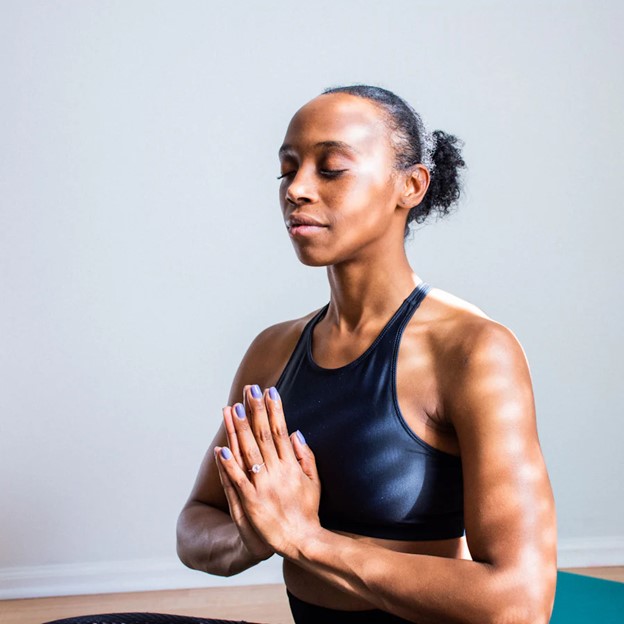
WHO AM I ?
Hello !
I am Eric, a French Australian citizen based between Australia, Asia and Bali and I love to travel and experience the world. I generally like outdoor activities, wellness, great food and venues , party and real local adventures ! I am a Yoga practitioner and fitness lover
I created this blog because I love to travel and I want to share my experiences with others. I’ve been traveling since I was a child, and I’ve been to over 50 countries. I’ve seen some amazing things and met some amazing people, and I want to help others experience the same things.
I believe that travel is one of the best ways to learn about the world and about yourself. When you travel, you’re forced to step outside of your comfort zone and experience new things. You learn about different cultures, different religions, and different ways of life. You also learn about yourself, your strengths, and your weaknesses.
Travel can also be a great way to make new friends. When you’re traveling, you’re surrounded by people from all over the world, and you’re all in the same boat. You’re all there to explore and experience new things, and that can create a bond between people.
Let’s connect together !
I hope that my travel blog will inspire others to travel and to see the world. I also hope that it will help people to learn about different cultures and to become more open-minded.

![Best Hiking Stretches [Yoga Teacher Tips]](https://funkyfreshtravels.com/wp-content/uploads/2024/05/Picture1-34.jpg)
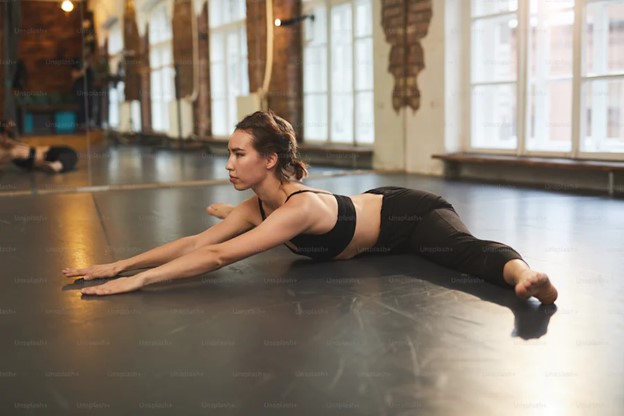



![Mantras for Burning Sage: Prayers and Full Process [2025]](https://funkyfreshtravels.com/wp-content/uploads/2024/05/Picture23-14.jpg)